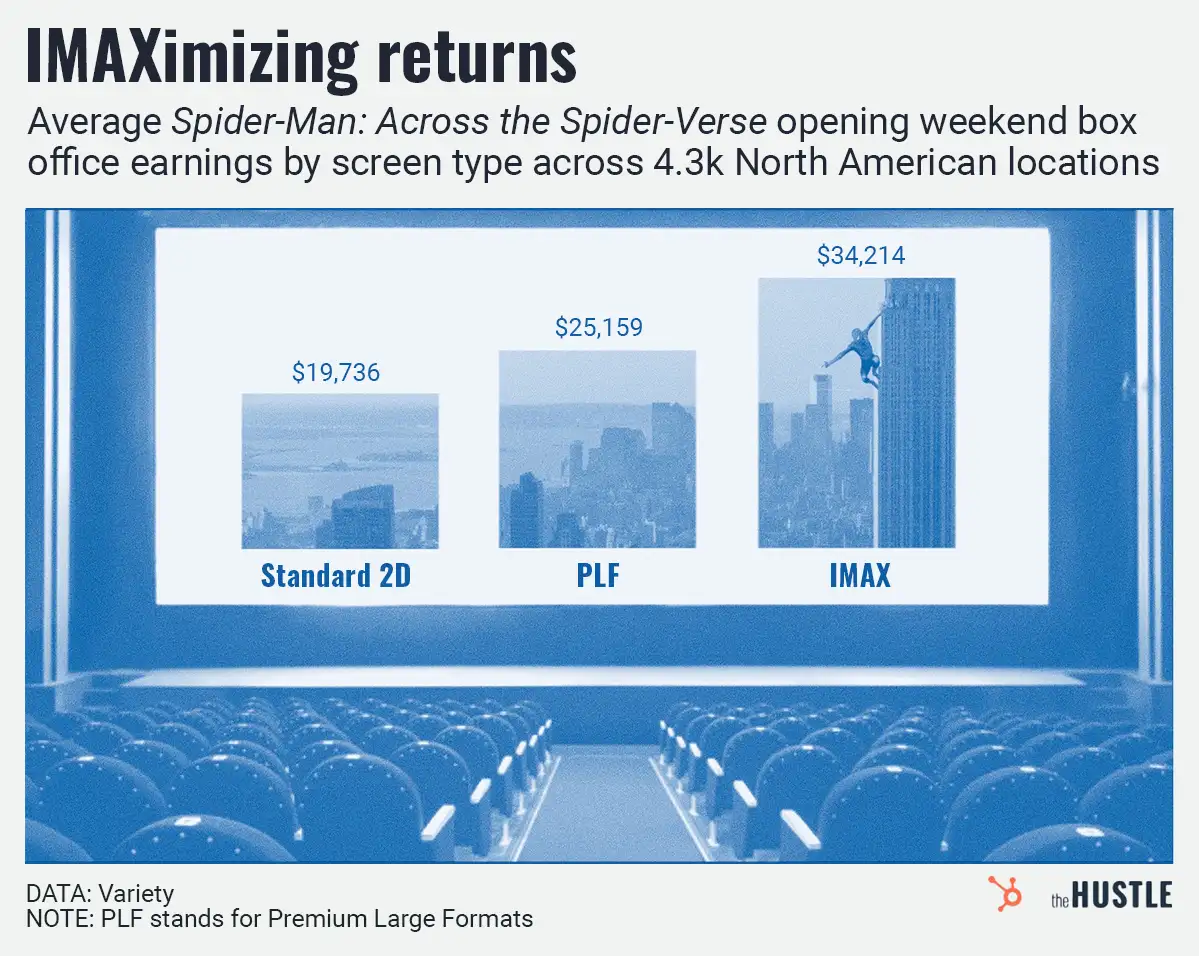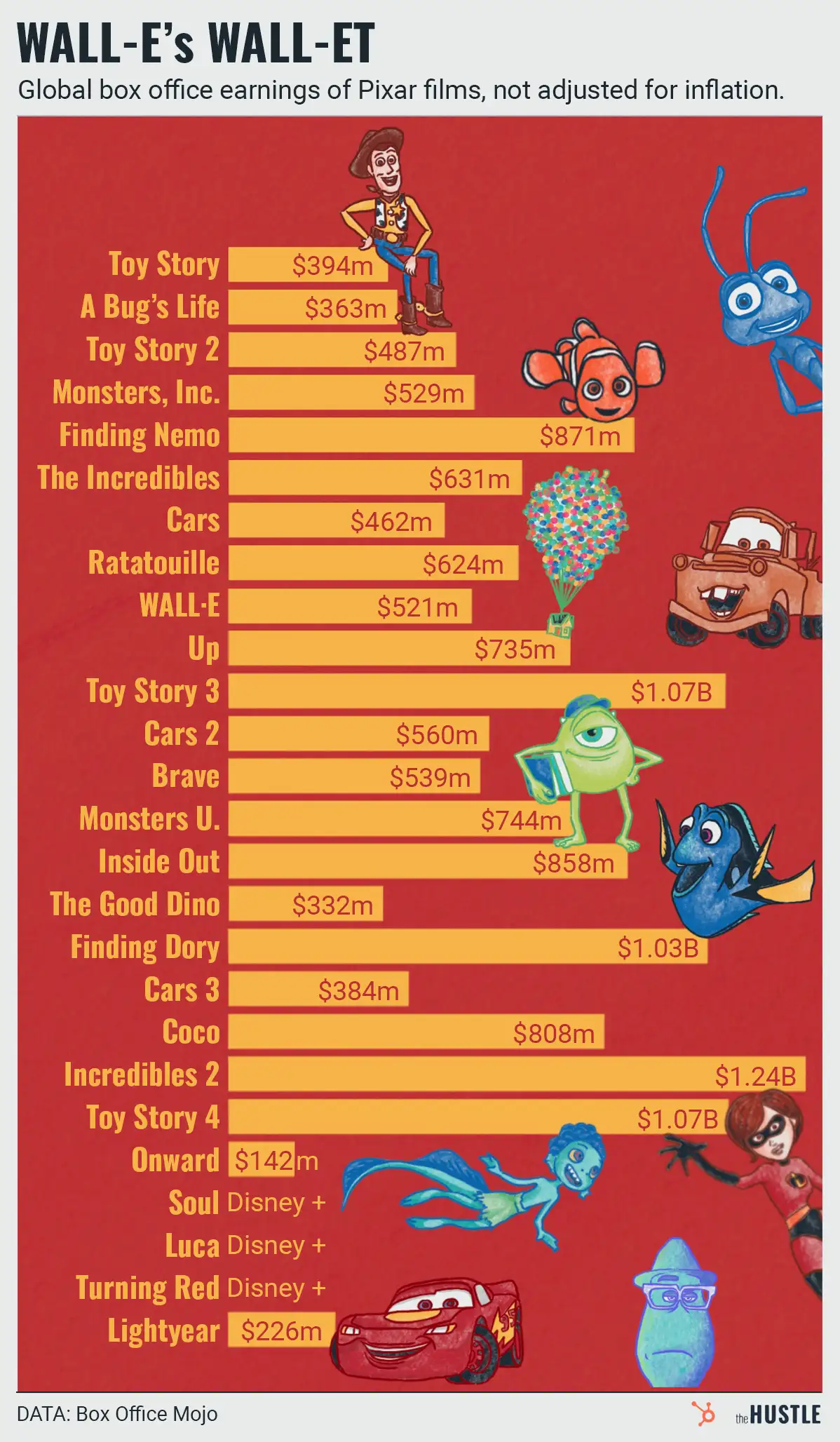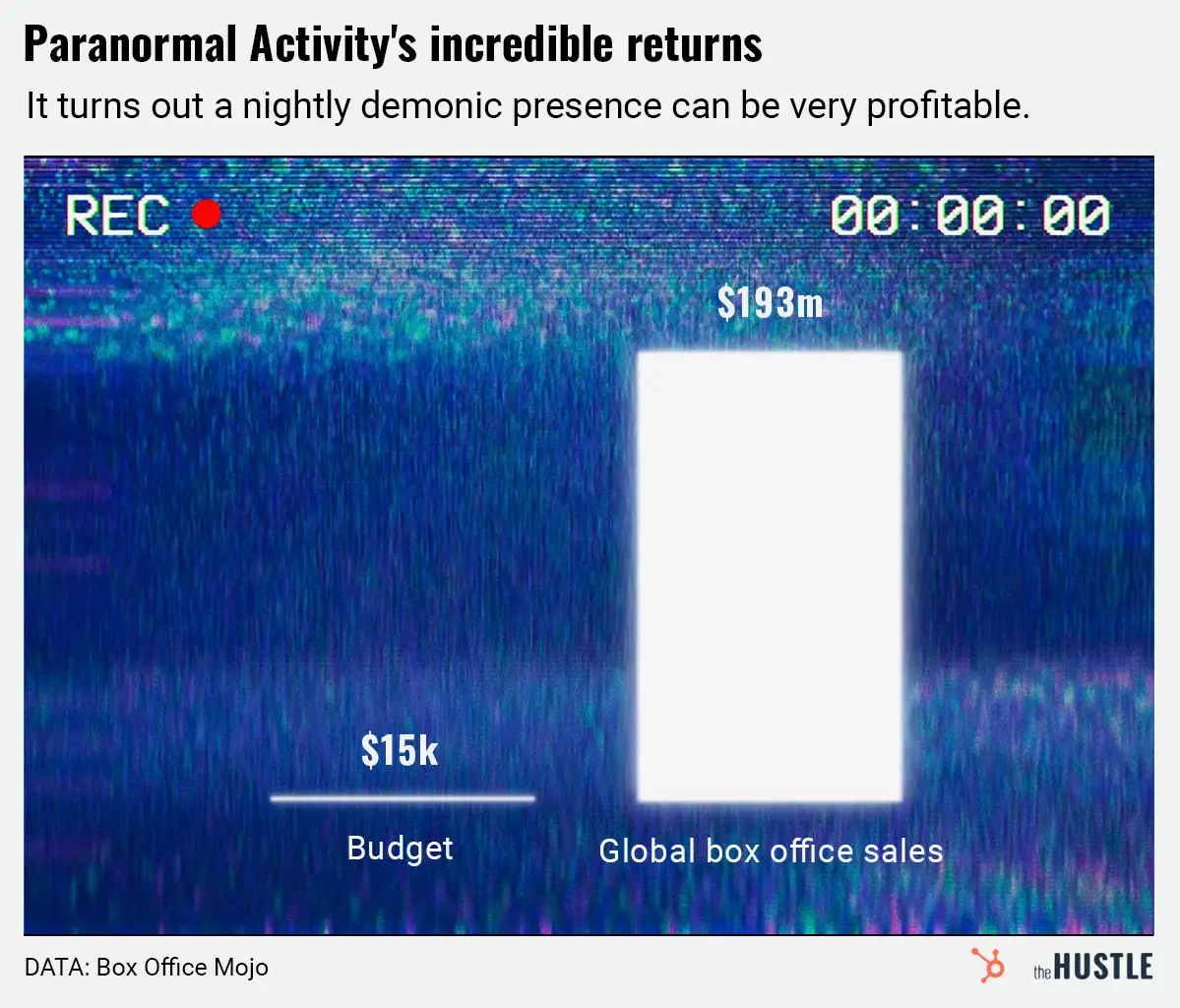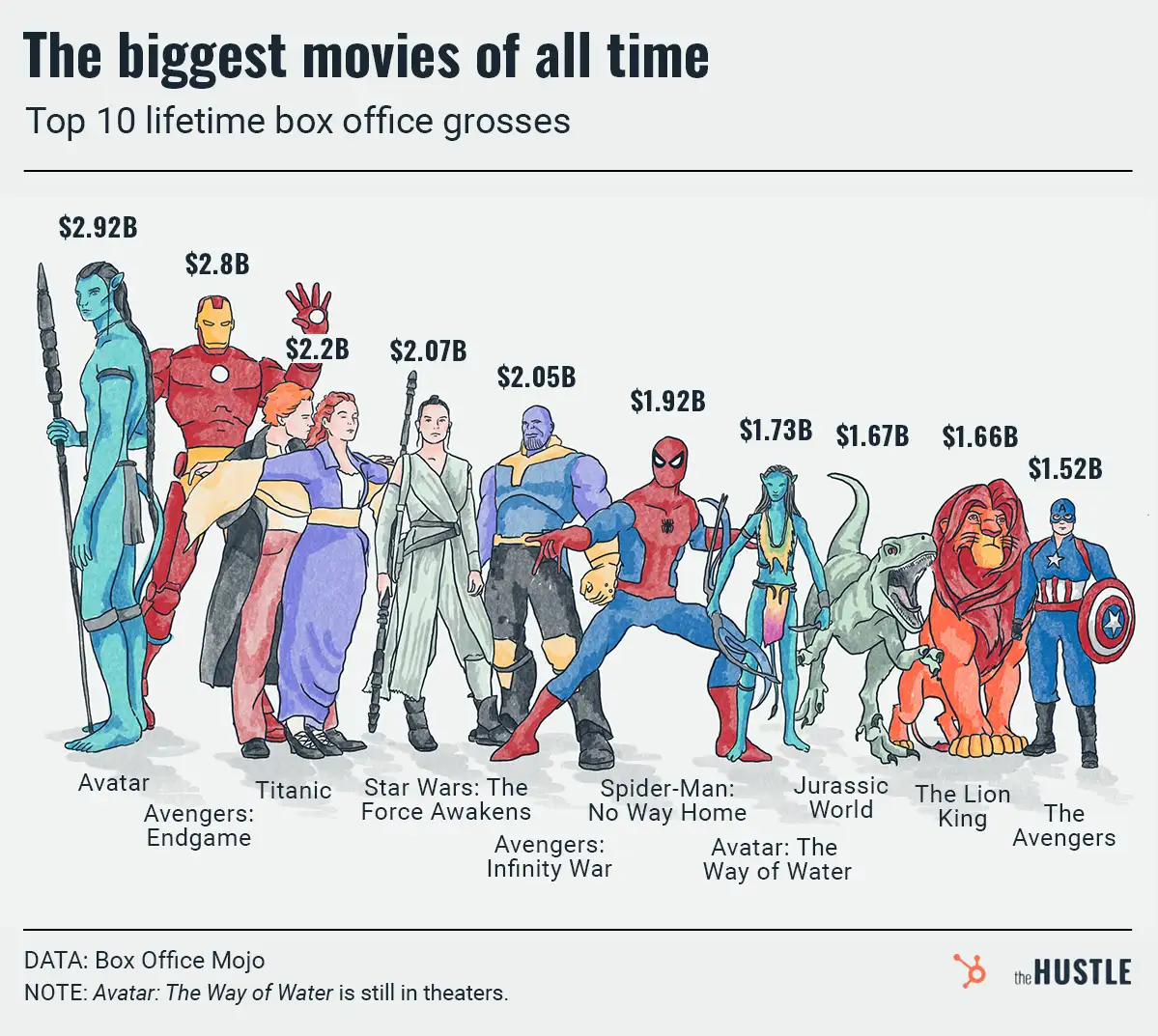In the trailer for Netflix’s new documentary MerPeople, one interviewee claims the mermaid market has scaled to “a half-billion-dollar industry.”
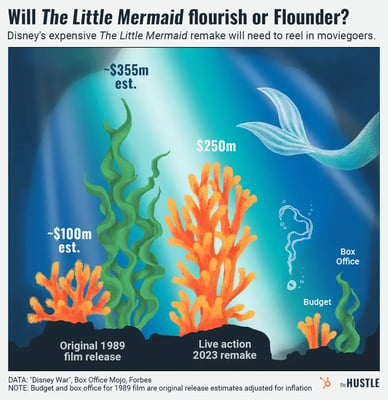
YouTube commenters debate the veracity of that number: “Half billion dollars industry?! I’m in the wrong business,” writes one. “I’m certain that half billion was a hyperbole,” quips another.
Trying to verify that claim quickly puts one under the sea — of numbers (another estimate came in at $150m annually).
But no matter how much green is being generated in the deep blue sea, it’s safe to say this past week marked the largest wave of attention to mermaids in quite some time.
Diving into the market
Over its weekend debut, Disney’s live-action remake of The Little Mermaid reeled in $118m at the box office, the fifth-highest Memorial Day opening in history, per Variety.
- A secret to its success: While developing the original 1989 film, visual artists saved ~$1.84m (then $750k) by reducing the number of colors used for Ariel from 11 to seven.
Outside of film, the mermaid industry involves everything from competitive pageants to makeup brands, to social hobbyists, to solo performers netting $400/hour — along with the tail manufacturers helping all these merfolk scale up.
For instance, since one grandma started Idaho-based Fin Fun Mermaid in 2009, the company has sold 1m+ tails, ranging from ~$15 to ~$400.
- In 2016, Fin Fun Mermaid made the Inc. 5000 list of America’s fastest-growing private businesses. To date, its YouTube videos have garnered 50m+ views.
BTW: Want in on the mermaid trend before it becomes a tidal wave? Here ya go.


